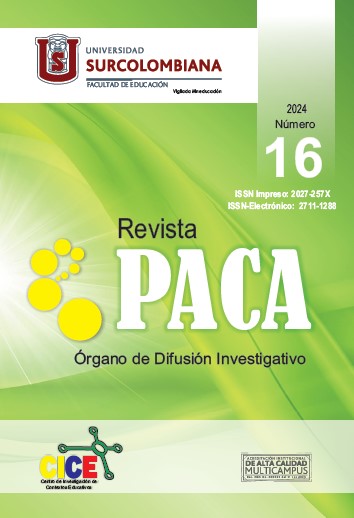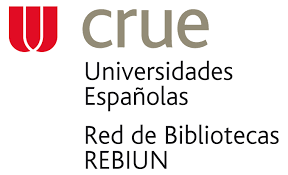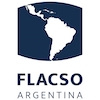The contribution of “the aesthetic” and “the sensitive” in the formation of early childhood
The contribution of “the aesthetic” and “the sensitive” in the formation of early childhood
##plugins.themes.bootstrap3.article.main##
The study of musical formation has been a topic of interest in the educational field, as it has allowed us to recognize the importance it has in human development as a possibility of experiencing “the aesthetic” and “the sensitive.” This research
aimed to understand how these concepts contribute to the processes of formation of corporeality in early childhood. Through the observation and description of musical and sound experiences, and the interpretation of these, three trends were obtained that occurred in the aesthetic exchanges during the execution of musical and sound workshops applied in the preparation
of this study, which are the manifestation of the sensitivities, corporalities and family ties of infants. To arrive at such descriptions, an observation grid was developed that accounted for the how and why of the behaviors that belong to “the aesthetic” and “the sensitive” and what is observable about them through a qualitative-interpretive approach. Through the
description, information was obtained that facilitated the reconstruction of the reality of those who were observed and interpretations were generated.
This research did not aim to find answers or data represented in numbers and measurements, but rather through observation, part and parcel of the life experiences of the universe studied was realized.
Once such manifestations of aesthetic exchanges are described and interpreted, the idea about the relationship between “the sensitive” and “the aesthetic” from the musical and the sound in the early childhood training processes is developed and it is demonstrated that the body, experiences, sounds, discoveries, spontaneity, words, melodies, singularity, are links that mesh with each other within the learning process, thus having to transcend the context of the artistic area, so that it also makes part of the entire training task. For all of the above, it is clear that the method used for this study is qualitative and is also a hermeneutic approach, since it promises to provide interpretations, appropriations and compressions of various experiences or realities such as the observed experiences.
Descargas
##plugins.themes.bootstrap3.article.details##
Akoschky, J. (2008). La Música en la Escuela Infantil (0-6). Barcelona, España: Editorial Graó.
Bermúdez Acuña, E. A. (2018). La infancia desde la perspectiva del psicoanálisis: un breve recorrido por la obra clásica de Freud y Lacan; Klein y los vínculos objetales. http://pepsic.bvsalud.org/pdf/tpsi/v50n1/v50n1a16.pdf
Coccia, E. (2011). Vida sensible. Grupal Logistical y Distribución. Editorial Marea.
Gadamer, Hans-Georg. (1998). Verdad y Método, Vol II. Capítulo 5, pp. 63-70. Ediciones Sígueme, Salamanca, España.
Hall, E. T. (1963). Proxemics – Study of man´s spatial relations.
IDARTES. (2015). Tejedores de Vida. Arte en Primera Infancia. Bogotá, Colombia. Editorial Buenos y Creativos.
Mandoky, K. (2006). Prácticas estéticas e identidades sociales. Prosaica 2. Siglo XXI editores. México.
Ministerio de Educación Nacional. (2007). Política educativa- fundamentos Educación inicial.
Montessori, M. (1998). La Mente Absorbente. Buenos Aires, Argentina: Editorial Diana.
Noguera, A. P. (2000). Educación estética y complejidad ambiental. Universidad Nacional de Colombia. Sede Manizales.
Perniola, M. (2008). Del Sentir. Florencia, Italia: Pre-Textos Italianos.
Sánchez Vázquez, A. (1992). Lo estético. Facultad de filosofía y letras. Universidad Nacional Autónoma de México.
UNESCO. (2020). La Atención y Educación de la Primera Infancia. https://es.unesco.org/themes/atencion-educacion-primera-infancia
UNICEF. (2017). Desarrollo de la Primera Infancia. La Primera Infancia Importa para Cada Niño. Nueva York, Estados Unidos: UNICEF.































